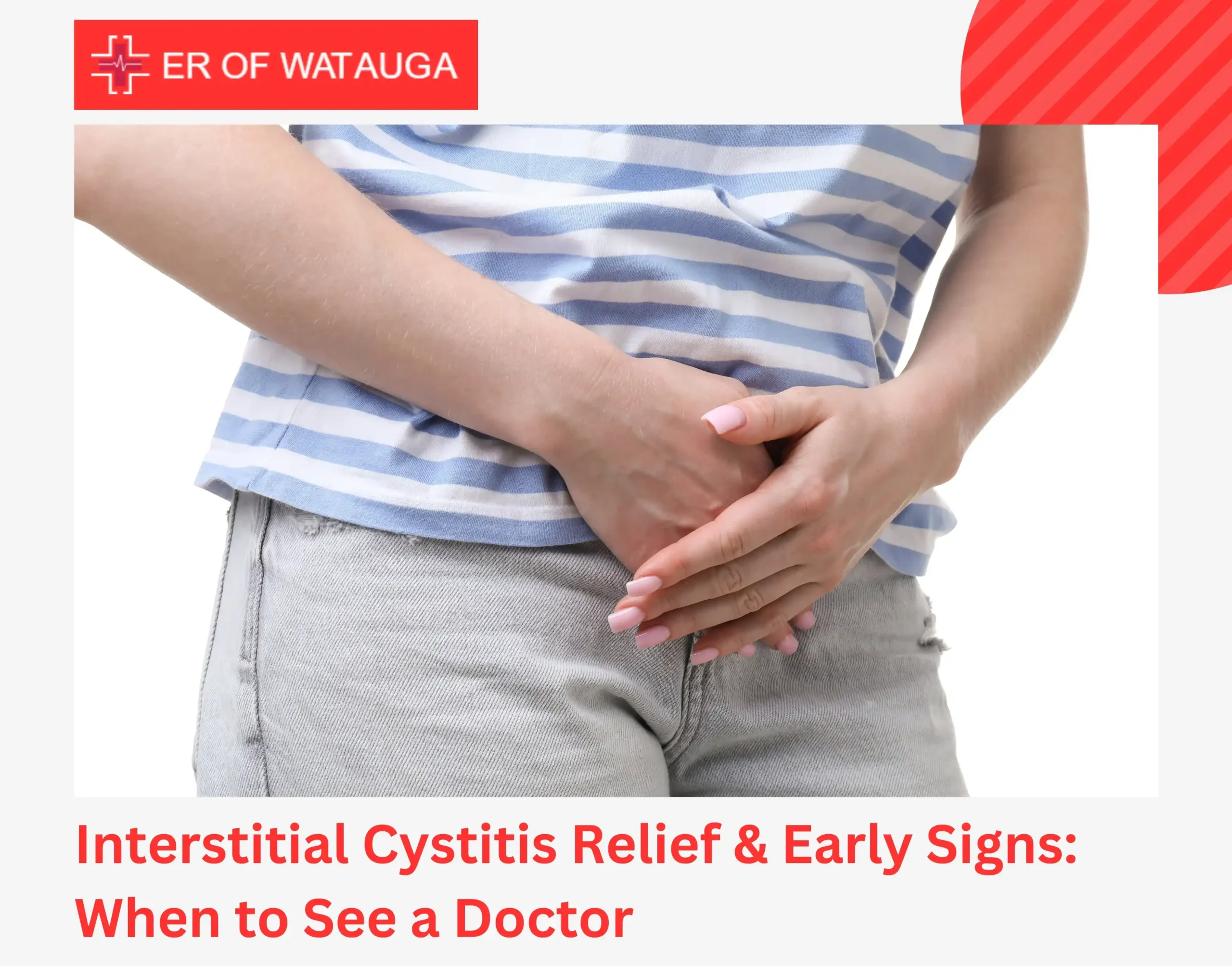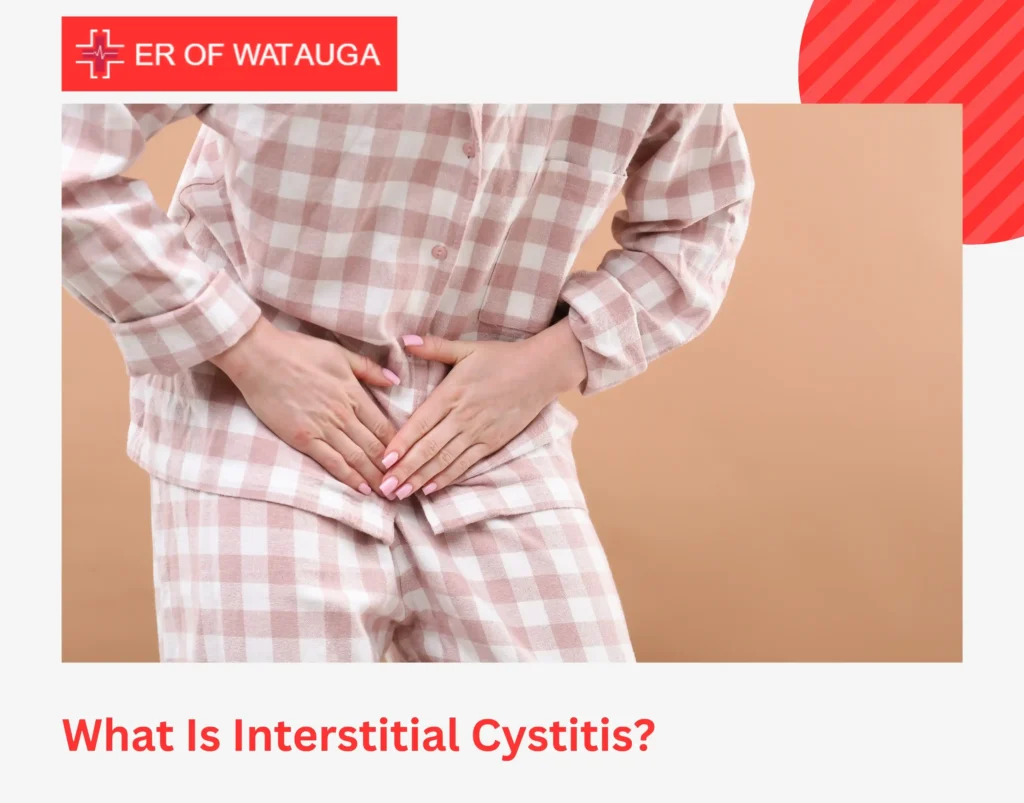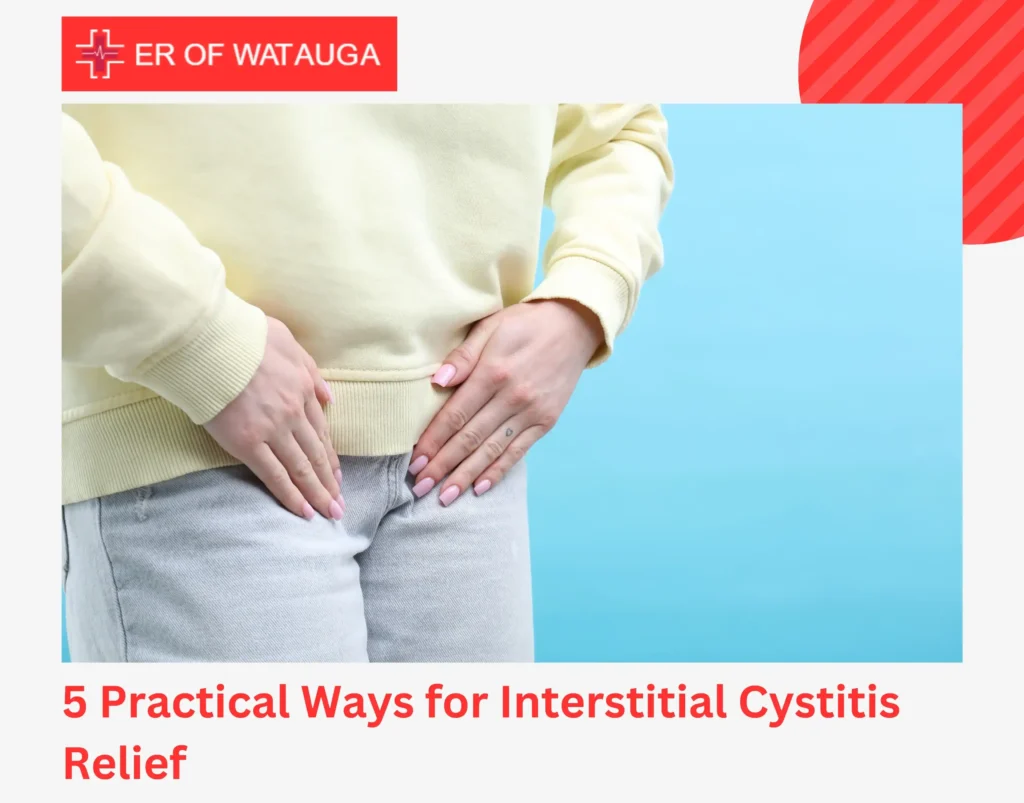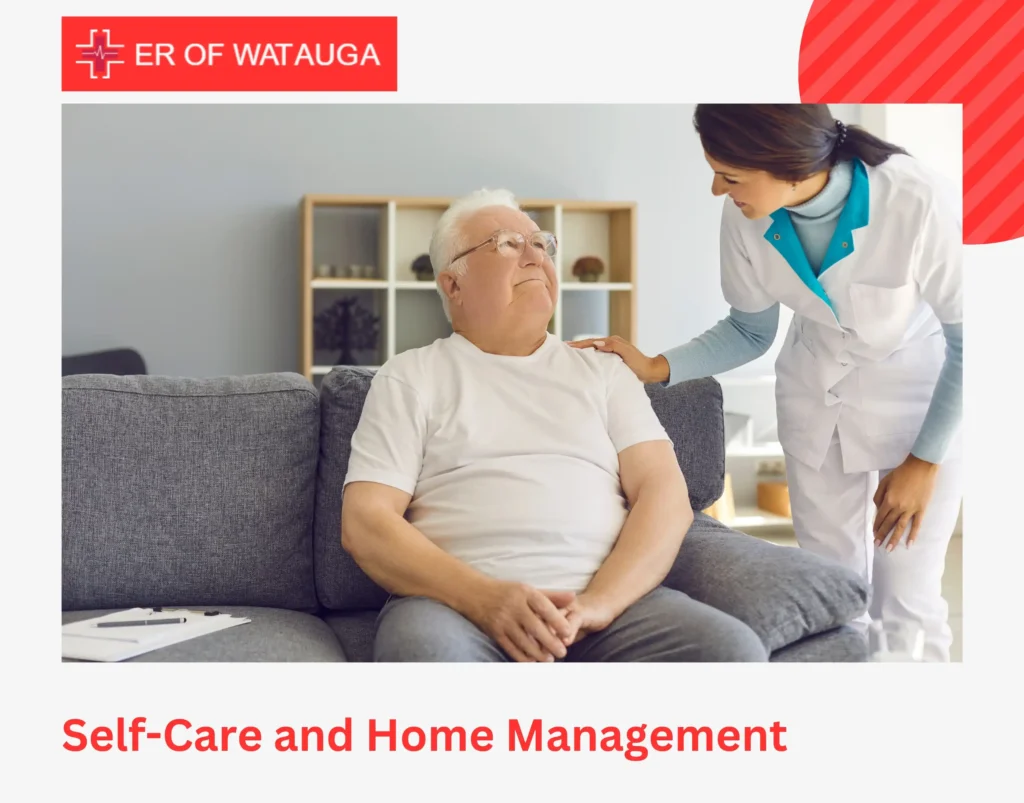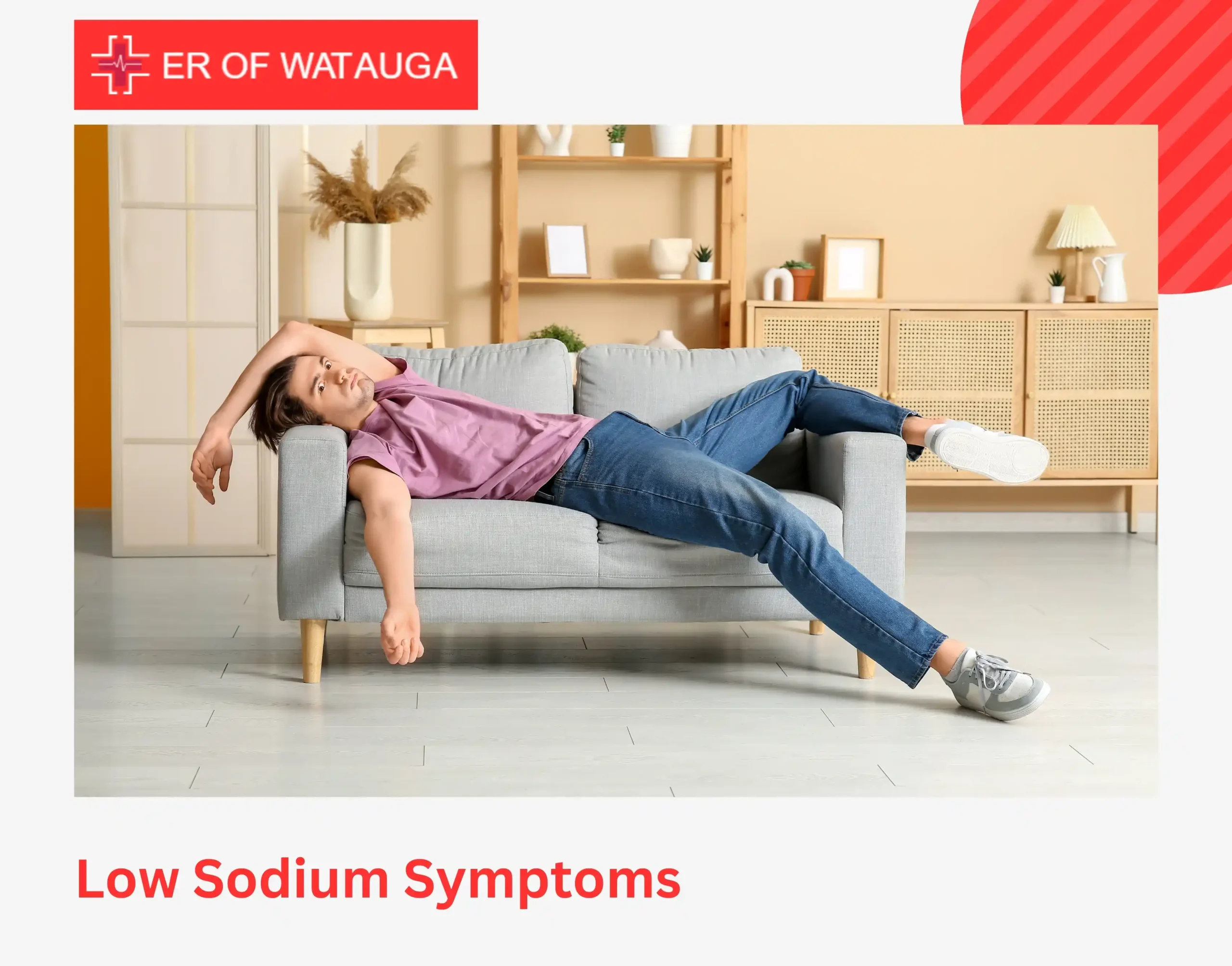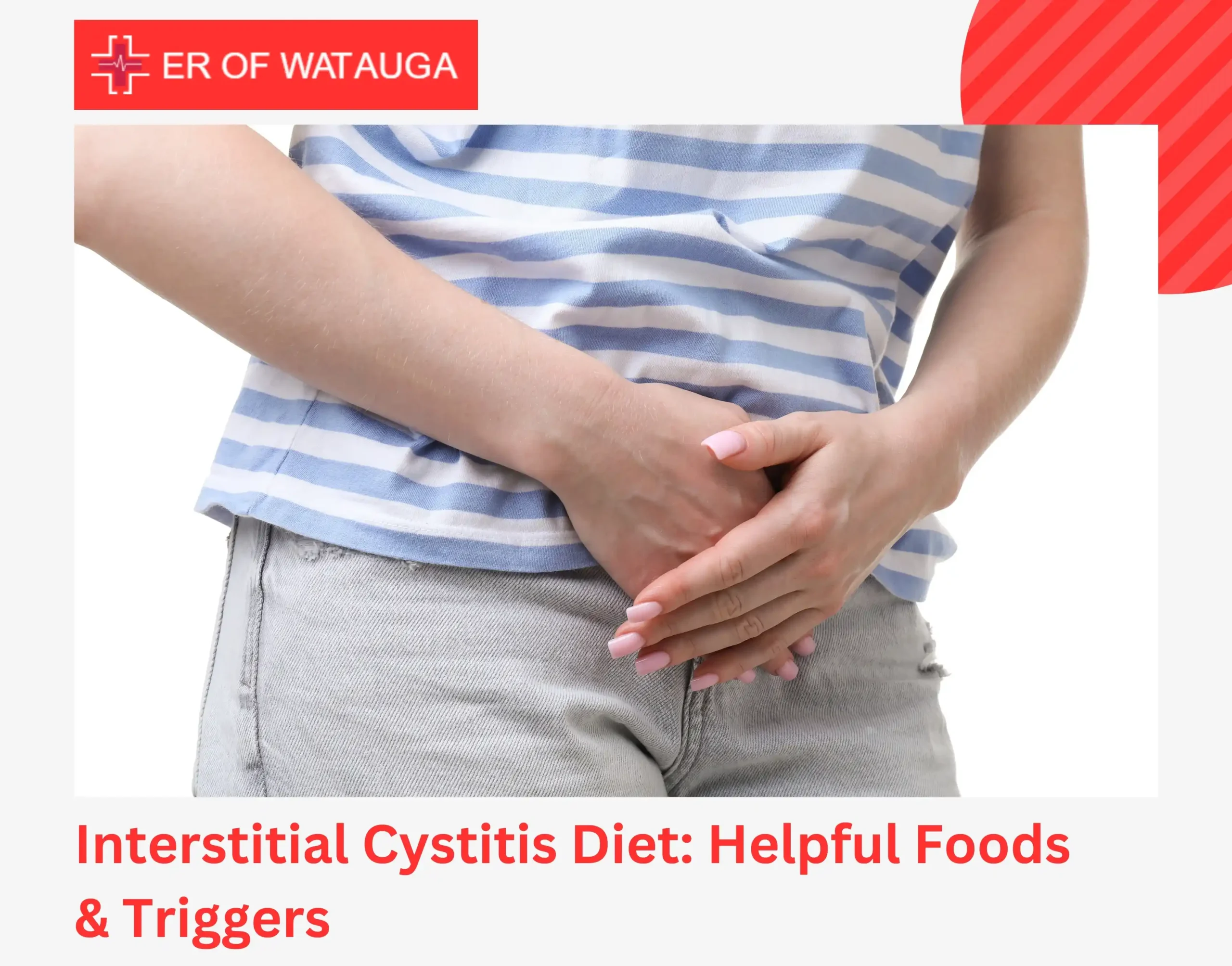Do you feel pelvic pain, pressure, or the urgent need to urinate, but the tests show no infection? There’s a good chance it’s interstitial cystitis, also known as painful bladder syndrome. It’s not an infection, which is why antibiotics don’t work. It’s the overactive and inflamed nerves in the bladder.
Over time, those nerves can get more sensitive, causing chronic pain and reduced bladder capacity. The earlier it’s diagnosed, the easier it is to calm the inflammation and stop permanent nerve irritation.
There isn’t one single cure, but interstitial cystitis relief is possible with the right treatment, diet changes, and lifestyle management. Recognizing the early signs and seeking prompt care can help prevent flare-ups and long-term complications.
What Is Interstitial Cystitis?
Interstitial cystitis is a chronic inflammatory condition of the bladder wall that leads to pain, pressure, or discomfort in the pelvic region. Unlike urinary tract infections (UTIs), IC typically does not involve bacteria, and antibiotics rarely provide relief.
Researchers believe the painful bladder syndrome develops due to multiple overlapping causes, including:
- Damage to the bladder lining (epithelial dysfunction)
- Inflammatory immune responses
- Nerve hypersensitivity
- Mast cell activation
- Pelvic floor muscle dysfunction
These bladder inflammation causes can combine to create the characteristic pain and urinary symptoms seen in IC patients.
6 Early Signs and Common Interstitial Cystitis Symptoms
Catching the early signs of interstitial cystitis can make treatment more effective. Common symptoms include:
- Persistent pelvic or bladder pain, often worse as the bladder fills.
- Frequent urination (more than 8 times per day)
- Urgency to urinate, even with small amounts of urine
- Burning or pressure in the bladder or lower abdomen
- Pain during sexual intercourse
- Temporary relief after urinating
The interstitial cystitis symptoms can come and go, with flare-ups triggered by stress, hormonal changes, or certain foods.
Note: If your bladder discomfort lasts more than six weeks and isn’t due to infection, see a healthcare provider for chronic bladder pain treatment.
5 Practical Ways for Interstitial Cystitis Relief
Although IC cannot always be completely cured, many patients achieve meaningful bladder pain relief with personalized treatment plans.
1. Lifestyle and Dietary Adjustments
- Follow a bladder-friendly diet; avoid caffeine, alcohol, citrus, tomatoes, and spicy foods.
- Stay hydrated with water; avoid sodas and artificial sweeteners.
- Use stress reduction techniques such as meditation, deep breathing, or yoga.
- Avoid smoking, as nicotine irritates the bladder lining.
2. Physical Therapy
Pelvic floor physical therapy can help relax overactive muscles that contribute to pelvic pain. Techniques include manual release, myofascial therapy, and biofeedback.1
3. Medications
Doctors may prescribe:
- Pentosan polysulfate sodium – helps restore the bladder lining.
- Antihistamines – reduce mast cell activity and inflammation.
- Tricyclic antidepressants – help relieve pain and calm bladder spasms.
- Pain relievers or bladder instillations – for immediate relief during severe flare-ups.
4. Bladder Instillations (Direct Treatments)
In some cases, medication solutions (like dimethyl sulfoxide, DMSO) are inserted directly into the bladder to soothe inflammation and reduce pain.2
5. Complementary and Alternative Therapies
Some patients report relief from:
- Acupuncture, which can reduce nerve sensitivity.
- Quercetin or aloe vera supplements, which have anti-inflammatory properties.
- Warm compresses or sitz baths for gentle at-home pain relief.
Self-Care and Home Management
Lifestyle consistency is key for long-term interstitial cystitis relief:
- Keep a bladder diary: record foods, stress levels, and symptom triggers.
- Exercise gently: yoga and walking improve pelvic blood flow.
- Use heat therapy: a heating pad on the abdomen eases cramping.
- Sleep well: adequate rest helps your body heal and lowers inflammation.
- Plan hydration: drink small amounts of water regularly throughout the day.
These daily steps promote natural interstitial cystitis relief while supporting medical care.
When to See a Doctor
You should seek professional evaluation for interstitial cystitis relief if you experience:
- Persistent pelvic or bladder pain lasting more than six weeks
- Frequent or urgent urination not caused by infection
- Blood in urine (hematuria)
- Pain during or after intercourse
- Pain that interferes with work, sleep, or normal activity
Final Thoughts
Interstitial cystitis (IC) is not life-threatening, but it can seriously affect daily life. Early recognition and treatment are the best tools for lasting interstitial cystitis relief.
Don’t ignore frequent urination, unexplained pelvic pain, or recurring UTI symptoms that never test positive.
At ER Watauga, we’re here 24/7 to help during painful flare-ups. We can ease your symptoms quickly, run tests to rule out infections or stones, and connect you with a urologist for proper follow-up care.
